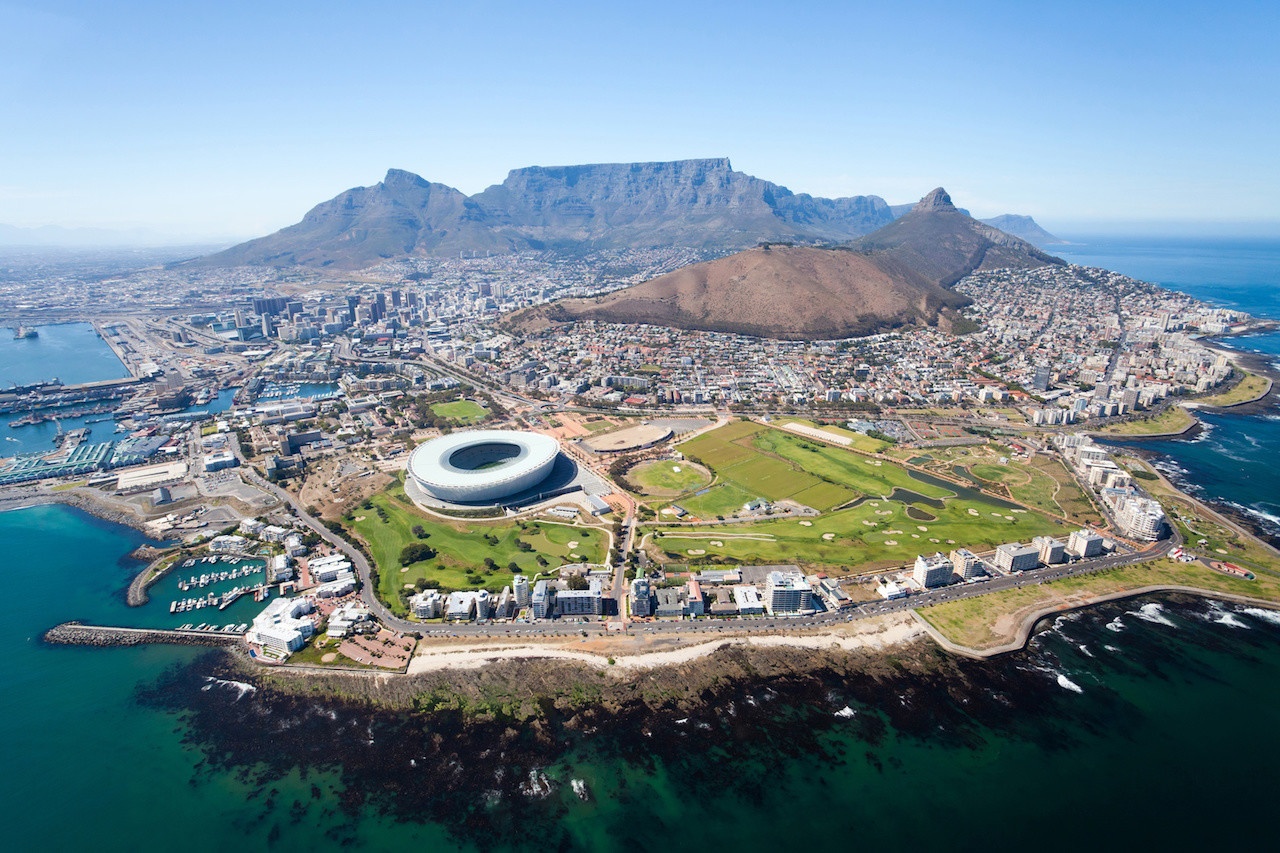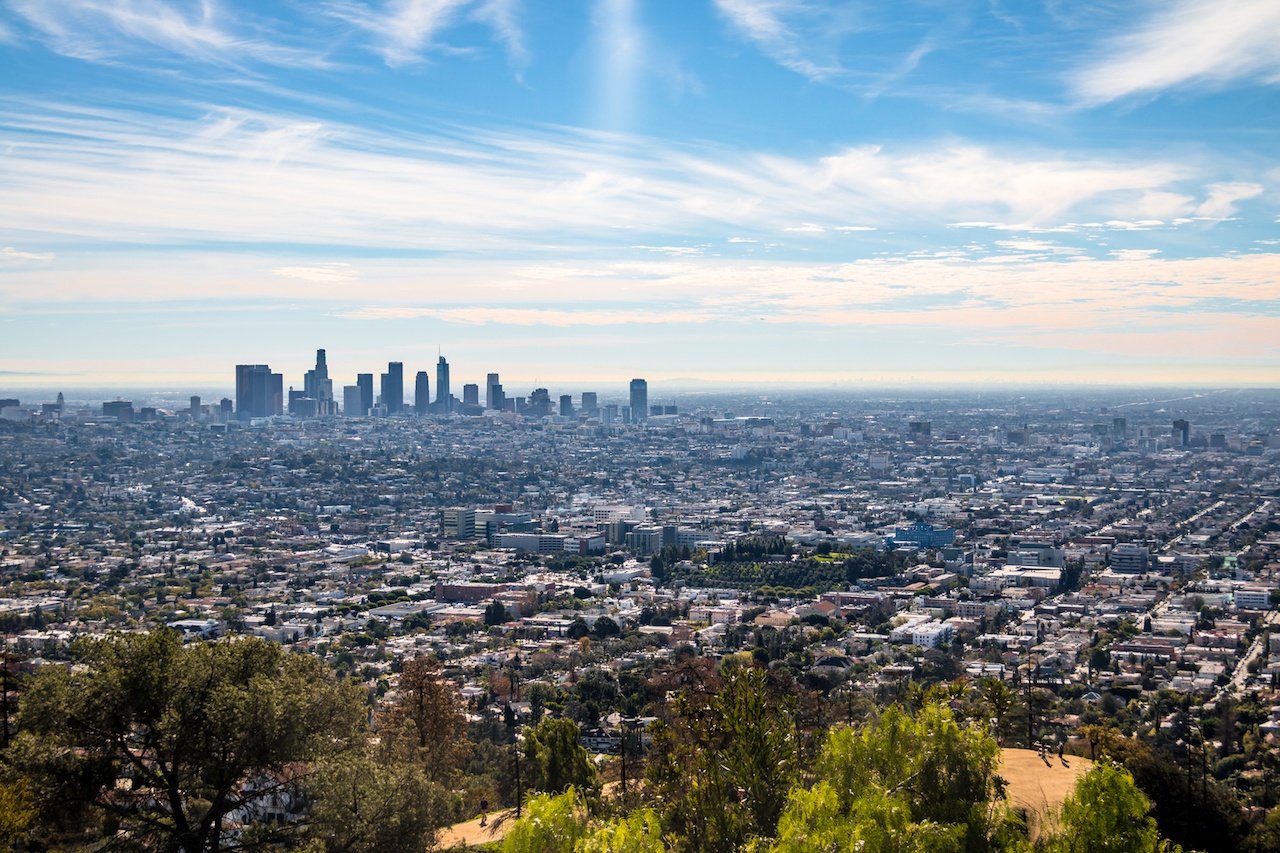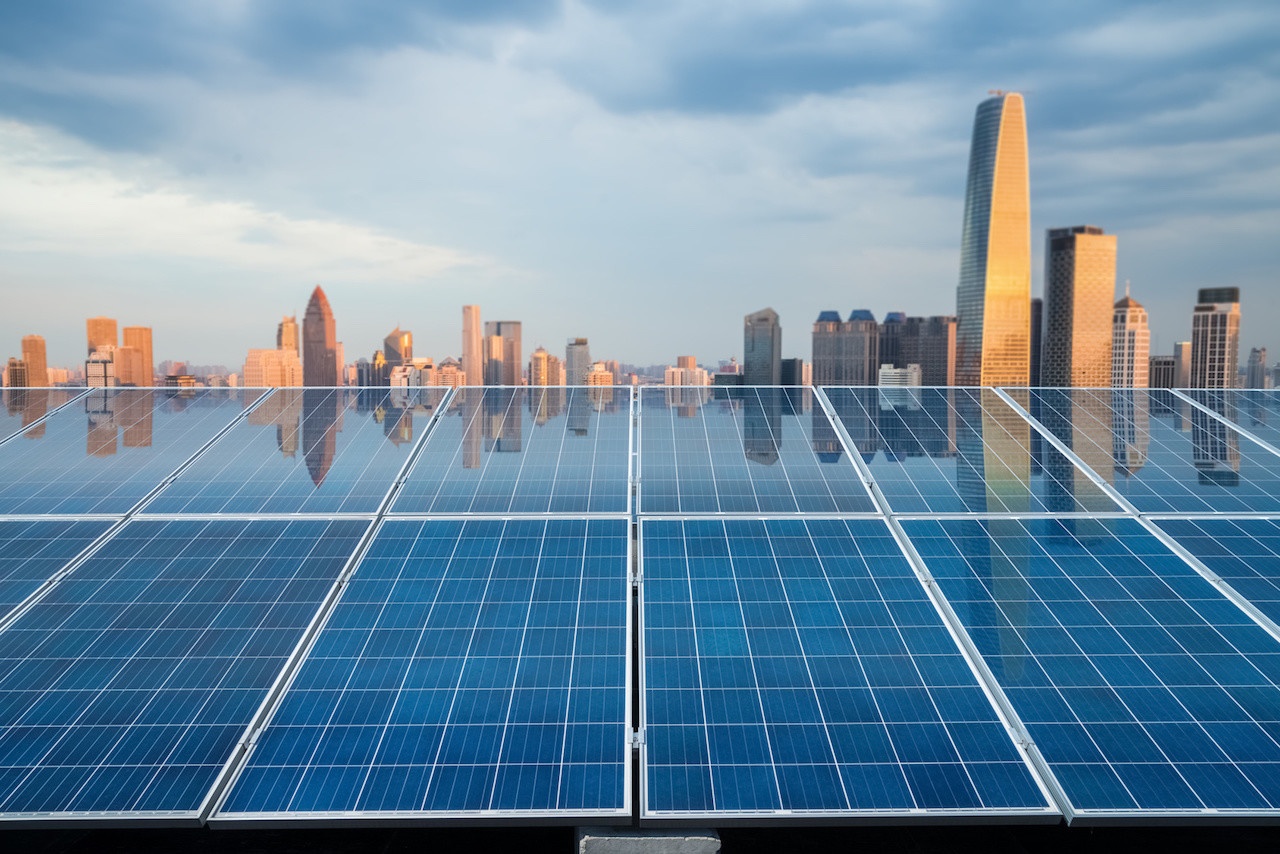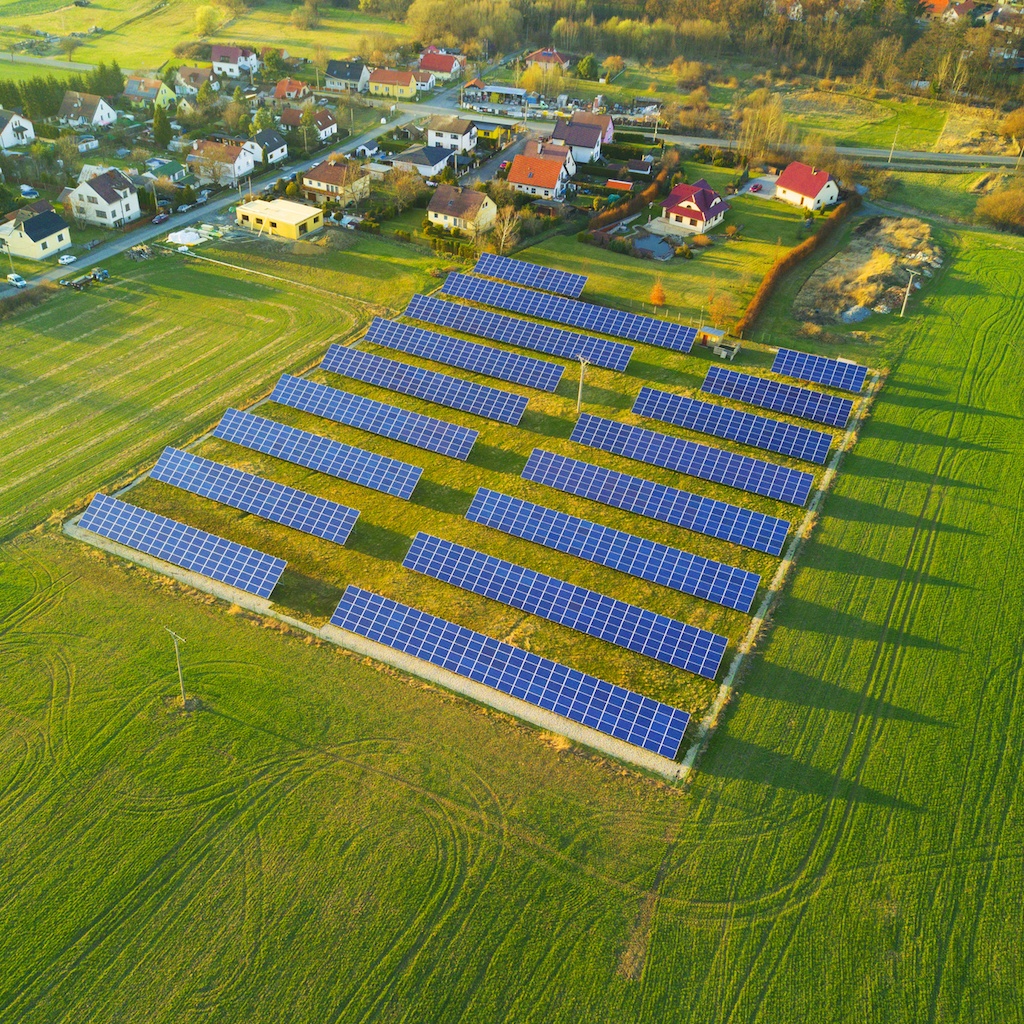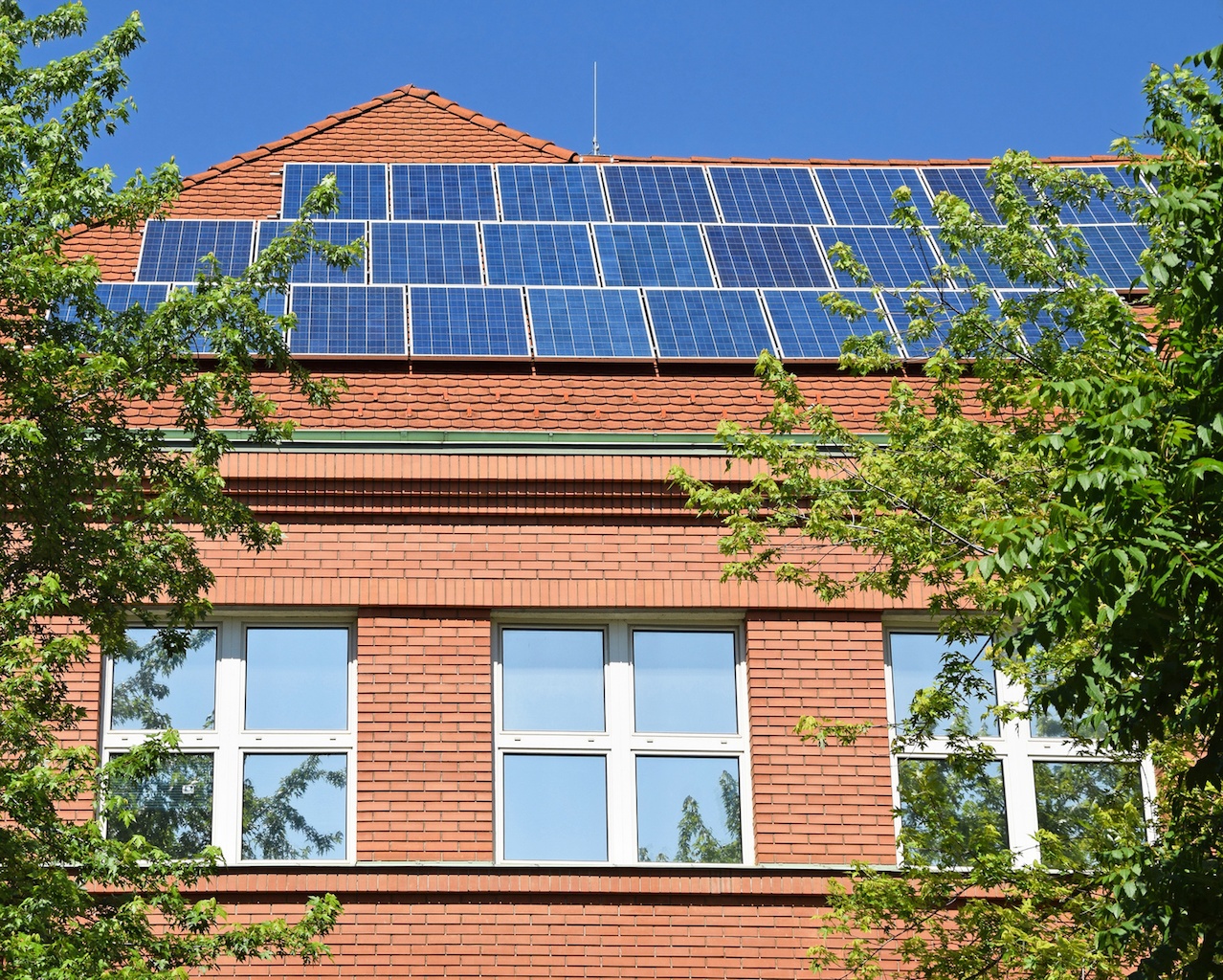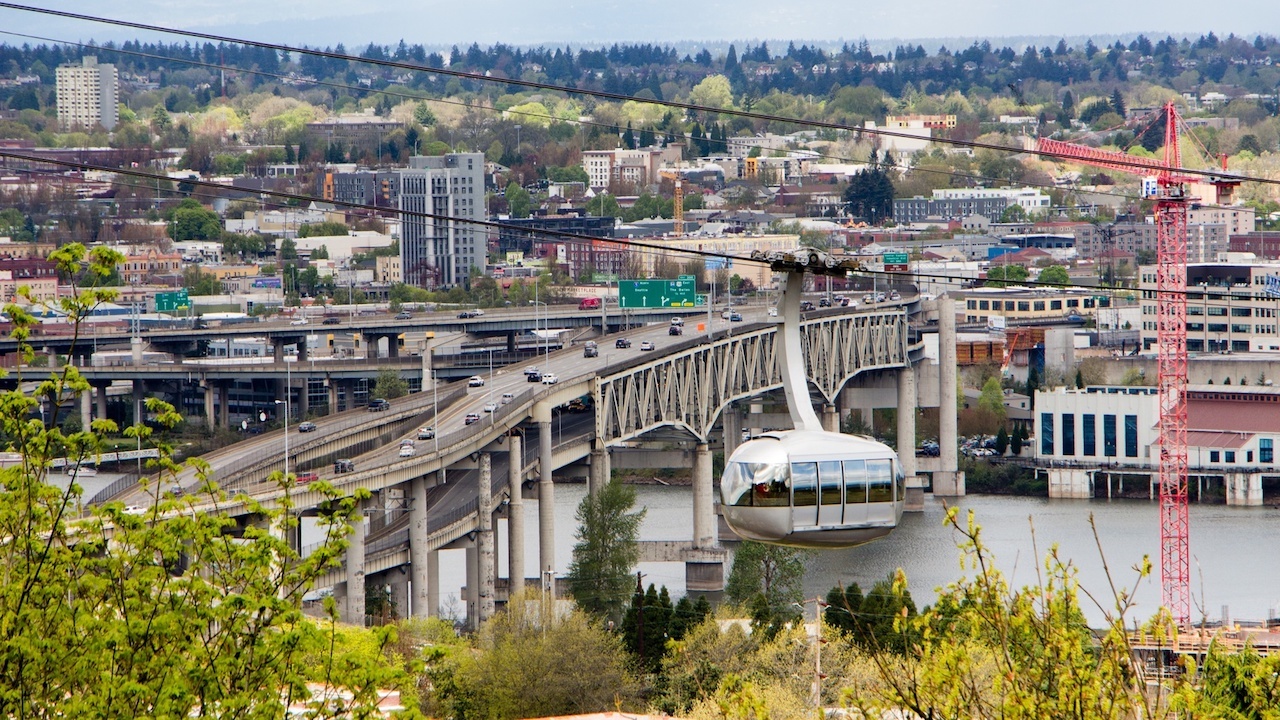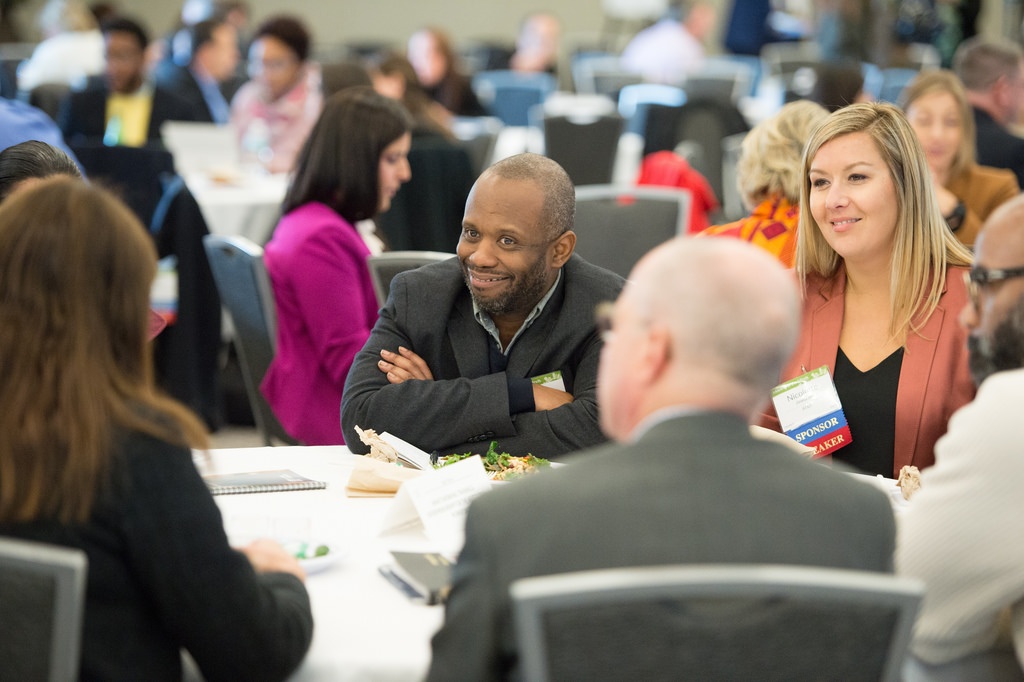Resources
A broad category of content focused on resources in cities.
Examples: energy, water, food systems, resource management
Water Reuse as a Design Opportunity
Water is a precious resource. Let’s face it, flushing toilets and urinals with potable water IS waste and we have an opportunity to shift the conversation towards one of water stewardship. As the “yuck factor” begins to subside, we are seeing a growing interest in water reuse strategies. However, the long slog isn’t over. Educating the design community, communicating the benefits of water conservation to clients, and working with regulatory and health officials to develop effective policy is core to the mission of Urban Fabrick Inc. and The William J. Worthen Foundation.
Sinking Cities Saved by Resilient Regions
Sea rise and extreme climate are challenging urban planners to be regional planners; they confront civic leaders with the need to take a long view of time and see beyond city boundaries. We also see how global employers can lead in shifting jobs and relocating facilities.
Scalable Water Management Solutions for Developed & Developing Cities
Changing the paradigm from traditional technocratic solutions to those that are more agile, adaptable, and affordable is the key for the future. Although the water sector is conservative by nature, it needs innovation to challenge the status quo and that can overcome the constraints of existing infrastructure, governance, and prior decisions. It’s easy to put blame on governments, which are working hard and dealing at high volume to supply the demand of constituents. Citizens also must change their habits and tastes in order to make change work.
LA May Host First Renewables-Powered 2028 Olympics
The Olympic motto is three Latin words: citius, altius, fortius – faster, higher, stronger. With electric rail and buses, taller green buildings in thriving mixed use neighborhoods, and resiliency with distributed renewables, these three attributes will also be said of Los Angeles in ten years.
Smart Local Policies Will Build a Renewable Energy Future for Cities
Setting ambitious solar energy goals and demonstrating commitment through municipal solar installations are both fundamental in setting the tone for solar growth in a community. Goal setting provides an opportunity to institutionalize a shared vision of a solar-powered future, and a strong goal ensures that progress towards that goal becomes embedded in all future city decisions.
Intelligent Energy Storage is Saving Millions for Schools
By combining intelligent storage, solar, and energy efficiency, schools may eventually save billions of dollars that can be put towards better classrooms, more teachers and aids, and better learning. Intelligent storage is helping schools with peak shaving, rate optimization, arbitrage, and demand response.
Energy Efficiency and Solar in the $8 Billion School Energy Market
Smart and efficient buildings are having a big impact. In a typical school building, 30 percent of energy is for lighting. LED lighting uses only a fraction of the energy of older lights. Using the internet of things (IoT), lights can be automatically turned off when a network of low-cost sensors detects that a room is empty. Classrooms designed to make good use of natural light help students learn more, have fewer behavioral issues, and use less electricity. Studies have documented up to 26 percent test improvements in natural daylight environments.
Lloyd in the Lead: The Power of Collaboration to Catalyze Energy Efficiency
Something interesting happens when an individual building manager starts sharing their building’s progress, and tracking their performance against others. A sense of collegiate competition begins to develop, and in-person updates make it easy to ask questions and learn from each other’s progress. This group also creates a connection between the people doing the work and public sector partners trying to help them do it – creating a mutually beneficial support system. Stakeholders are able to do things like clarify utility incentives and public reporting requirements, and our public partners can hear directly from users of their programs to troubleshoot and find opportunities to improve.
Changing the Game Around Climate Action, One Block at a Time
Three world-class cities in California: Los Angeles, San Francisco and Palo Alto, from January 2016 to June 2017 piloted this program on 45 blocks. Each city experienced The Cool Block program successfully addressing two massive unmet societal needs: a scalable solution to address climate change, and overcoming the social isolation people feel living in our urban-centric world. Doing the right thing for our children’s future on the planet in collaboration with neighbors proved to be a winning formula.
Intelligent Infrastructure and Water
In December 2015, I was invited to give a presentation at a sensor conference, where the theme centered on how innovative technologies could exponentially enable a state of global abundance, as described by Peter Diamindis in his book by that name. The premise is that...The Role of Smart Batteries in Resilient Cities
Imagine what might happen if distributed power was installed at publicly owned facilities and resources. Every school, every police and fire station, along with critical intersections, could be equipped with an uninterruptable power supply in the form of PV panels and lithium-ion-based energy storage systems. Public spaces, critical street lights and businesses would remain illuminated.
Meeting of the Minds Annual Summit Recap: Cleveland’s 21st Century Assets
Meeting of the Minds provided our smart, creative, and tech-minded leaders the opportunity to unveil our 21st century assets, feel proud, and show off a little. The 450 attendees were a tiny fraction of the world who need to know of Cleveland’s progress, and that we have taken our inherent grit and determination and turned it into green space and water conservation, technology products and research, modern affordable housing, and digital programming, not to mention a sports powerhouse. Let’s keep the momentum going, embrace an innovation culture and find more opportunities to build on our strengths.



